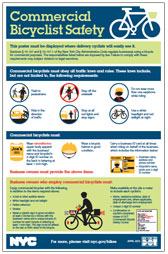Medical Malpractice – Hospital Negligence – methicillin-resistant Staphylococcus aureus (MRSA) may be killed with metal ions attached to clay
Methicillin-resistant Staphylococcus aureus (MRSA) infection is caused by a specific staph bacteria that is resistant to antibiotics and therefore very difficult to treat. If not diagnosed on time MRSA can be life threatening. MRSA is a major concern for hospitals where the superbug can attack older patients or those suffering from weakened immune system. Patients necessitating medical tubing such as intravenous line or catheters are also at risk as well as patients staying in nursing homes. MRSA is also an issue in child care centers, military camps and jails.
There is an urgent need to find therapeutic ways to fight this superbug. In research appearing in the Journal PLOS ONE , Shelley Haydel, a researcher at Arizona State University’s Biodesign Institute demonstrate that particular metal ions attached to the clay may have the potential to kill MRSA as well as a range of other dangerous pathogens including E-coli. Medical property of clay has been recognized since antiquity when it was used for its wound healing property.
 New York Personal Injury Attorneys Blog
New York Personal Injury Attorneys Blog



 Business owners who employ delivery bicyclists will have to post a commercial bicyclist safety poster where employees can easily see it. Additionally they will have to maintain a bicyclists roster with detailed information on each employee.
Business owners who employ delivery bicyclists will have to post a commercial bicyclist safety poster where employees can easily see it. Additionally they will have to maintain a bicyclists roster with detailed information on each employee. 